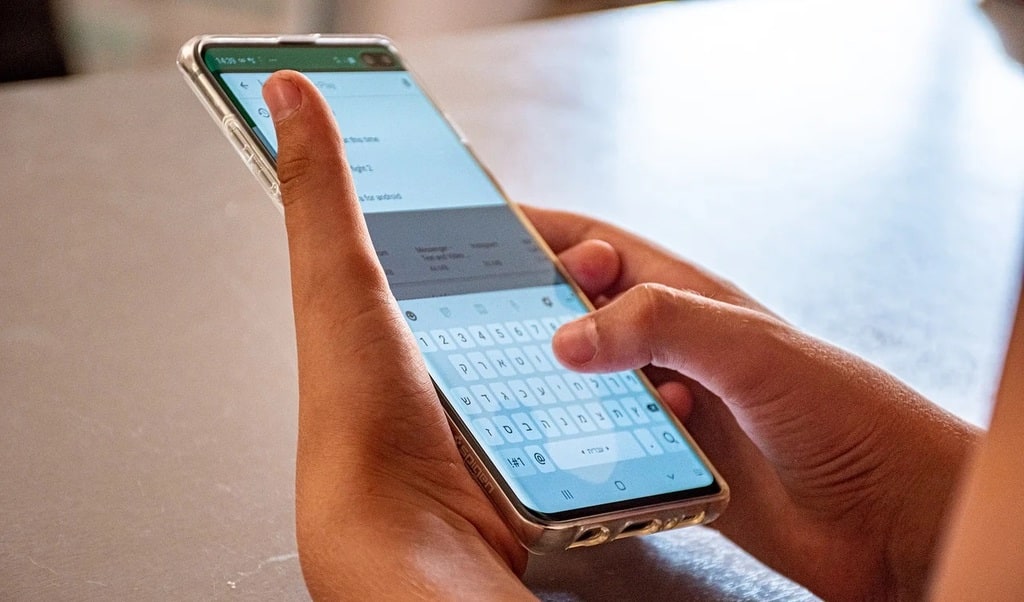The impact of media on art consumption
The relationship between media and art consumption has transformed significantly in the digital age. This evolution has not only altered how audiences access and engage with art but also how artists create and share their work. The intersection of media and art has led to a more dynamic and democratized space, where traditional boundaries are constantly being challenged. As media continues to evolve, so does the way art is perceived, consumed, and valued in society.
Media’s Influence on Art Consumption Patterns
In recent years, the integration of various media platforms has changed the way art is accessed and consumed. Social media, streaming services, and digital exhibitions have made art more accessible than ever before. This accessibility has contributed to the diversification of audiences, exposing more people to various forms of art that they might not have encountered otherwise. The traditional notion of art being confined to galleries and museums is now obsolete, as digital platforms offer a virtual space where art can be appreciated without geographical or temporal constraints.
The shift towards online art consumption has also influenced how audiences interact with art. Previously, engagement was limited to physical visits to museums or art galleries. Now, with the rise of virtual tours, digital exhibitions, and social media, audiences can engage with art from the comfort of their own homes. This new mode of consumption allows for a more interactive experience, where viewers can not only admire but also comment on and share artworks with a global audience.

Impact on Artists and Art Creation
The changing landscape of media has not only affected how art is consumed but also how it is created. Artists are now able to reach a wider audience without the need for traditional intermediaries such as galleries or agents. Platforms like Instagram, YouTube, and TikTok have become crucial tools for artists to showcase their work and build a following. This direct access to audiences allows artists to gain recognition and even financial support through crowdfunding and digital sales.
However, this increased exposure comes with its own set of challenges. The constant need to create content that appeals to social media algorithms can sometimes push artists to prioritize quantity over quality. The pressure to stay relevant and maintain visibility can lead to burnout, affecting the creative process and the quality of work produced. Additionally, the emphasis on visual appeal and shareability can limit the diversity of art forms that gain popularity, potentially sidelining more experimental or complex works.
The Role of Traditional Media in Shaping Art Trends
While digital platforms have certainly democratized art consumption, traditional media still plays a significant role in shaping art trends and public perception. Television programs, magazines, and newspapers often highlight certain artists and movements, influencing what is considered valuable or noteworthy. These traditional media outlets continue to serve as gatekeepers, determining which artists gain mainstream recognition.
Despite the growing influence of digital media, traditional outlets often provide a sense of legitimacy that is harder to achieve solely through online platforms. Being featured in a respected art magazine or a television program can still have a considerable impact on an artist’s career, opening doors to opportunities that may not be accessible through digital channels alone.
The Changing Dynamics of Art Criticism
Art criticism has also undergone a transformation in response to the rise of digital media. While traditional critics still hold sway in academic and elite circles, online platforms have given rise to a new generation of art critics who share their opinions through blogs, social media, and video essays. This shift has democratized art criticism, making it more accessible and varied. Anyone with an internet connection can now share their thoughts on a piece of art, contributing to a broader and more inclusive discourse.
However, this democratization has also led to a dilution of expertise. The abundance of opinions available online can sometimes make it difficult to distinguish informed critiques from casual observations. As a result, audiences must navigate a complex landscape of opinions, balancing traditional sources with newer, digital voices.
Key Considerations for the Future of Art Consumption
As media continues to evolve, so will the ways in which art is consumed and appreciated. Several key factors are likely to shape the future of art consumption :
- Technological Advancements: innovations such as virtual reality (VR) and augmented reality (AR) are already transforming how audiences interact with art. These technologies offer immersive experiences that go beyond traditional exhibitions.
- Accessibility and Inclusivity: digital platforms have made art more accessible, but there is still room for improvement in terms of inclusivity. Ensuring that art reaches diverse audiences across different demographics will be a continuing challenge.
- Sustainability: the environmental impact of digital art consumption, from energy-intensive data centers to electronic waste, is an emerging concern. Future practices will need to address these issues to ensure sustainable art consumption.
In conclusion, the relationship between media and art consumption is complex and continually evolving. Media has both expanded access to art and introduced new challenges for artists and audiences alike. As technology advances, the ways in which art is consumed will continue to change, offering new possibilities and considerations for the future of art in society.
